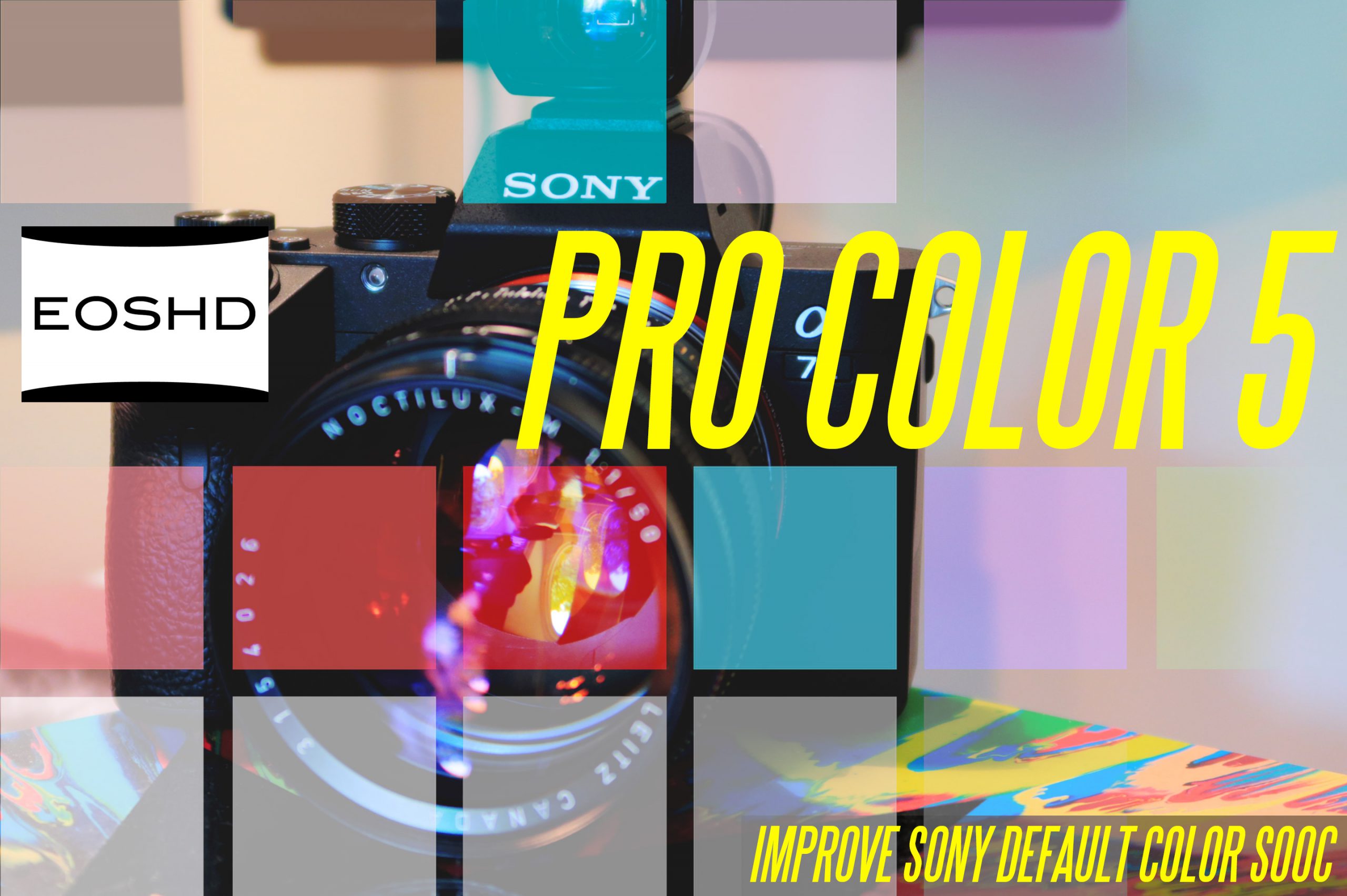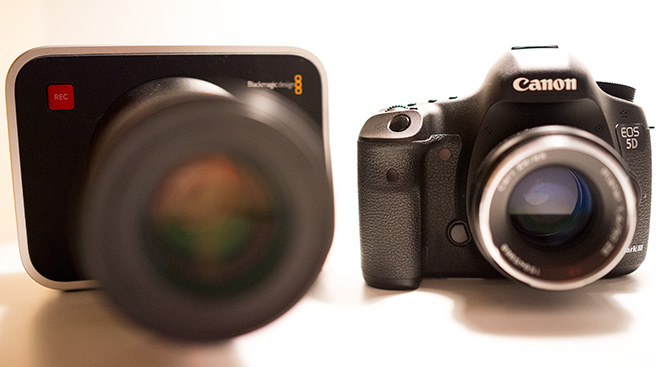
According to CIPA, Japanese shipments of cameras are down 47% year-on-year.
That’s a bleak figure, although there aren’t the kind of big product releases so far this year that there were in the first half of 2012.
However I think it’s too easy to blame smart-phones or to mention product cycles as the reason for this decline. What about the actual cameras? In my opinion everyone seems to be making strange product decisions that I doubt serve either shareholder or their customer.
With the EOS 5D series of DSLRs, Canon rallied filmmakers with 24p, manual controls, firmware updates, a new sensor that avoids moire, not to mention a huge range of superb lenses. In 2009 and 2010 most pros right the way up to the top of the filmmaking industry were using Canon DSLRs in some capacity and the only real alternative was Red and Arri. The success lead to Canon jumpstarting their professional video line with Cinema EOS.
It created a new market.
In April last year Canon said they ‘knew how to fix moire and aliasing’ and dutifully served up the proof.
The 5D Mark III samples the sensor in a better way rather than skipping entire lines of the image. This avoids all but the mildest occurrences of ugly moire and aliasing in video.
However with the subsequent release of their other prosumer DSLRs the 6D and 70D Canon have reintroduced moire and aliasing.
Likewise, other fundamentally basic features such as headphone jacks and microphone sockets mysteriously pop in and out of existence with each new camera model.
Prosumers are quite savvy when paying $1000, $2000 or even $3000 for a camera (usually considerably more dollars if you’re talking Euros or Pounds) and although only a small percentage of the overall DSLR market is interested in video, it is a small percentage of a very large number of people indeed. Although no firm figures are publicly available for the number of DSLR video enthusiasts globally, the market isn’t insignificant as evidenced by the unique visitor tally for EOSHD over 12 months which currently stands at 2 million individuals.
I just find it bizarre that such simple things as headphone or microphone jacks can be the difference between a camera appealing to all the market or a magnitude less of it.
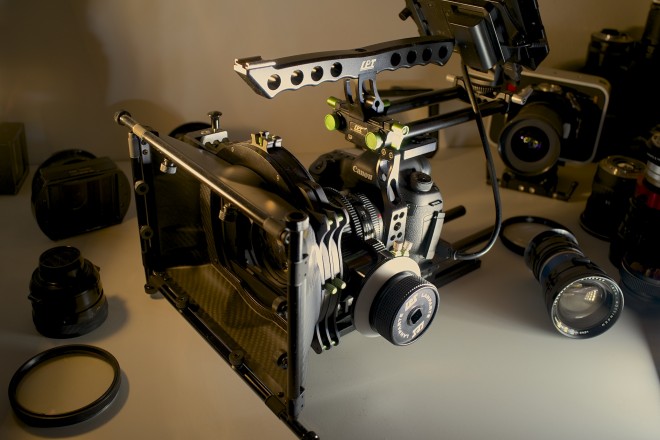
Video quality on the 70D is a disappointment and is bettered by direct rivals from Panasonic and Nikon, the GH3 and the D7100 / D5200. The Nikon D5200 in particular has the advantage of being cheaper and without any serious artefacts in videos.
Almost all users of DSLRs use these cameras because the image quality is better than a smart-phone. The video output of the $2000 Canon 6D has worse moire & aliasing than the iPhone. Obviously video isn’t taken seriously like stills are. Why not? Just do it.
If Canon wanted to segment the mid-range enthusiast market (i.e. 70D) from the high end prosumer market (5D Mark III, 7D Mark II), then making your video quality worse than the Nikon and Panasonic low-to-mid end whilst snipping away at fundamental features like a clean image or audio inputs isn’t a smart way of selling cameras.
I’m all for segmenting models from one another – so how about improving video dramatically on the higher end models leaving more room to improve video on the mid-range cameras?
I don’t agree that DSLRs butt up against the Cinema EOS range if they’re delivering a very professional video image. If raw video on the 5D Mark III proves anything it is that the vast majority of pro video shooters prioritise practicality over image quality.
The all-round ergonomics, reliability and a broadcast ready workflow are more important for pros than just one aspect of the product in isolation and yet we see a complete lack of desire from Canon to drastically take a step forward with video quality on anything under $6,000.
Consumers have a choice. They’re not going to be locked into a camera system very much longer by lenses. Canon and Nikon adapters for rival camera systems are advancing as evidenced by the Metabones Speed Booster and the full electronic control of EF lenses on a Sony body. Sony are preparing a full frame mirrorless system and Sigma recently announced a mount swap service for their new lenses which are in many ways Canon-beating.
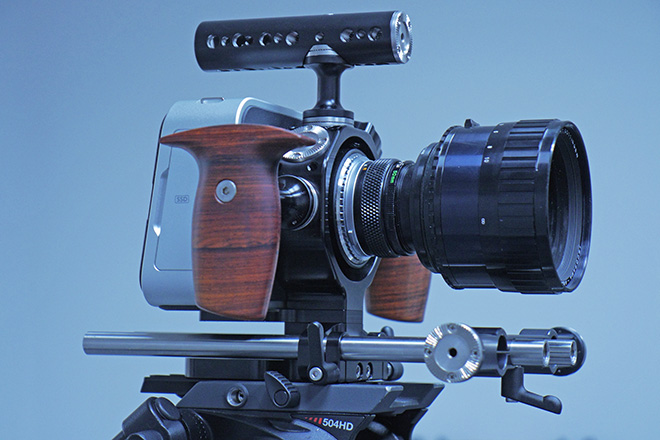
Blackmagic
When Blackmagic exhibited at NAB this year for the second year running to introduce new cameras, I felt as I had throughout 2012 – supportive.
However I warned that if they repeated the small shipping volumes and delays of last year, they would face a massive public backlash especially as the Pocket Cinema Camera is a $999 camera aimed at a very broad number of people, and needs to be made in large quantities for the strategy to work.
The Blackmagic Cinema Camera was and still is a truly groundbreaking product. Everything about this camera is a breath of fresh air. The price point – which makes it accessible to a large consumer market as well as the smaller indie filmmaking market – the image which is very special indeed (if not yet perfect).
Rather than consolidate the position of the BMCC over the last 12 months, the picture has been one of making do. Making do with small shipping quantities, huge waiting lists and a virtually unchanged firmware from v1.0 which lacks fundamental features. Many who switched to the better suited mount on the mFT version, were left in limbo. I waited 9 months between when the mFT version was announced and when the first (small) shipments began, and on the 8th month I gave up and cancelled my pre-order.
Blackmagic have missed their ship dates yet again for the new cameras. This is a delay to get the product 100% right, but it isn’t that I have the problem with – it is the low volumes that they’re produced in. Blackmagic must surely have been aware all along what their production capacity would realistically be, yet the decision was made to produce the Pocket Cinema Camera and price it at $999 with a design like a mass-market Lumix GF1. What strategy is at play here and indeed is there one? Are Blackmagic’s early forays into the camera market simply an experiment?
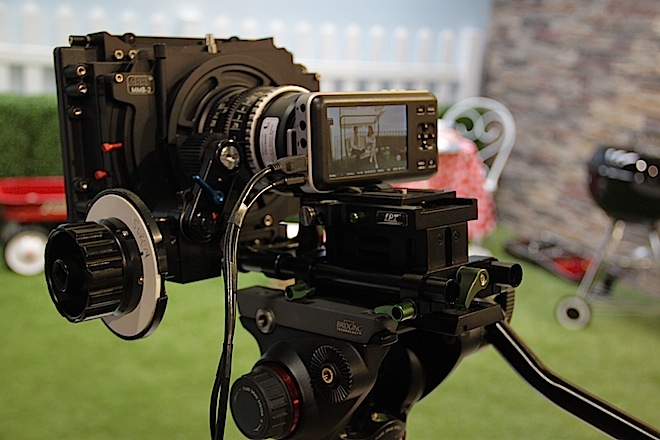
The promises are grand but the delivery comes across as rather halfhearted. With a camera that was clearly behind schedule, by 3 weeks according to Blackmagic, many customers were preparing themselves for a September ship date at best before Blackmagic themselves stepped in and said August! The decision to communicate the Production Camera 4K model’s delay in a matter-of-fact way (July + 3 weeks) by saying “August” risks the possibility that they will yet again promise something which can’t be delivered not least to more than 1% of customers on the waiting list. On forums and in emails I’ve detected arrogance from Blackmagic ambassadors and staff, ill placed considering the low number of cameras they have so far delivered to customers. Blackmagic have repeatedly talked optimistically ahead of releases, apologised honestly when the plans slip, and under-delivered – a poisonous mixture of hype and blunt reality.
For Canon it seems the issue is one of being the market leader – the lack of conviction in change. A lack of motivation or even need, to make brave cameras that stand out. Why for example embrace a niche piece of software like Magic Lantern when they’re already so far ahead? It’s doubtless they even realise that third party software is such important part of the camera industry’s future, as it is in the smart-phone industry.
For Blackmagic, the problem really is much more perplexing. Optimistic shipping dates, a production capacity that doesn’t meet demand and a hype machine following their every move.
Hopefully one day I will be able to understand them, because it’s baffling at the moment.
